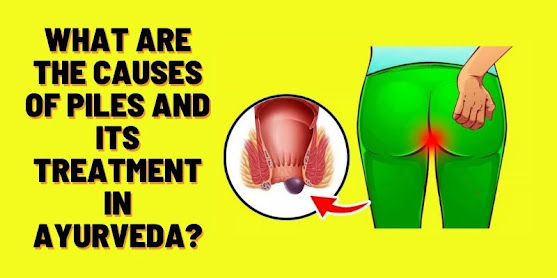Knowledge of Ayurveda has been around for centuries. Unlike conventional medicine, the Ayurvedic approach to treating piles is more holistic. Ayurvedic medicine is just a part of the equation; one also needs to change their lifestyle and diet. Ayurvedic medicine is to cure the disease permanently and to lead a healthier life.
Ayurveda offers several options for treating piles.
By taking advantage of in-depth knowledge, Nirogayurved has come up with the best ayurvedic medicine for piles - Dr. Piles Free.
What is Piles?
Symptoms of Piles
- A lump containing blood may be felt around the anus.
- After passing the stool, a person with piles may experience fullness in their bowels.
- Blood may be visible after passing the stool.
- Passing stool can be painful.
- Appetite may be decreased.
- Gastric obstruction can also occur.
- Anemia
- Diarrhea
- Itchy, red, and sore sensations may occur around the anus.
What are Fissures
An Anal fissure is a tear in the lining anal canal. Fissures can be painful and may bleed as well.
Symptoms of an Anal fissure
- Bowel movement pain.
- An unpleasant feeling after bowel movements that can last several hours.
- The skin around the anus shows a visible crack.
- Bright red blood on the stool
- The skin near the anal fissure has a small lump.
Difference between Piles and Fissure
Piles are swollen blood vessels, whereas fissures are cracks in the skin. In contrast to fissures, piles are usually painless and undetectable.
Allopathy v/s Ayurveda
A variety of harmful side effects may occur as a result of allopathy treatment, including severe drug allergies. Allopathy's surgical procedures have failed to produce satisfactory cures due to postoperative complications such as painful recurrences of piles and therefore there are no permanent cures.
As per Ayurveda, the five elements of nature are embodied in the body as three components (doshas) called Vata, Pitta, and Kapha. Each of these doshas corresponds to specific elements and functions of the body. As per Ayurvedic philosophy, each individual has a unique balance of these three doshas, and the objective of treatment is to restore that balance.
Types of Piles according to doshas:
People with Pitta dosha have inflamed or bleeding hemorrhoids, which are generally tender and red. Symptoms include fever, diarrhea, and thirst.
People with Vata dosha experience severe pain and constipation, as well as black hemorrhoids with a rough texture.
People with Kapha dosha experience indigestion and soft, large hemorrhoids.
Dr. Piles Free is the best ayurvedic medicine for piles and fissures.
- Dr. Piles Free comes in three parts: Oil, Powder, and Capsules.
- Oil reduces inflammation and swelling around the anus.
- Powder improves digestion
- Capsules balance the doshas and eliminate piles symptoms.
Dr. Piles Free- The best ayurvedic medicine for piles is formulated with the following ayurvedic herbs:
- Tamara Bhasma: Relieves constipation and irritable bowel syndrome.
- Kutaj: Heals bleeding piles by shrinking blood vessels around the anal or rectum area.
- Nag Keshar: Reduces pile lumps, decreases inflammation, and heals bleeding
- Vidangana: Its Vata-balancing properties aid in the treatment of piles.
.jpg)







